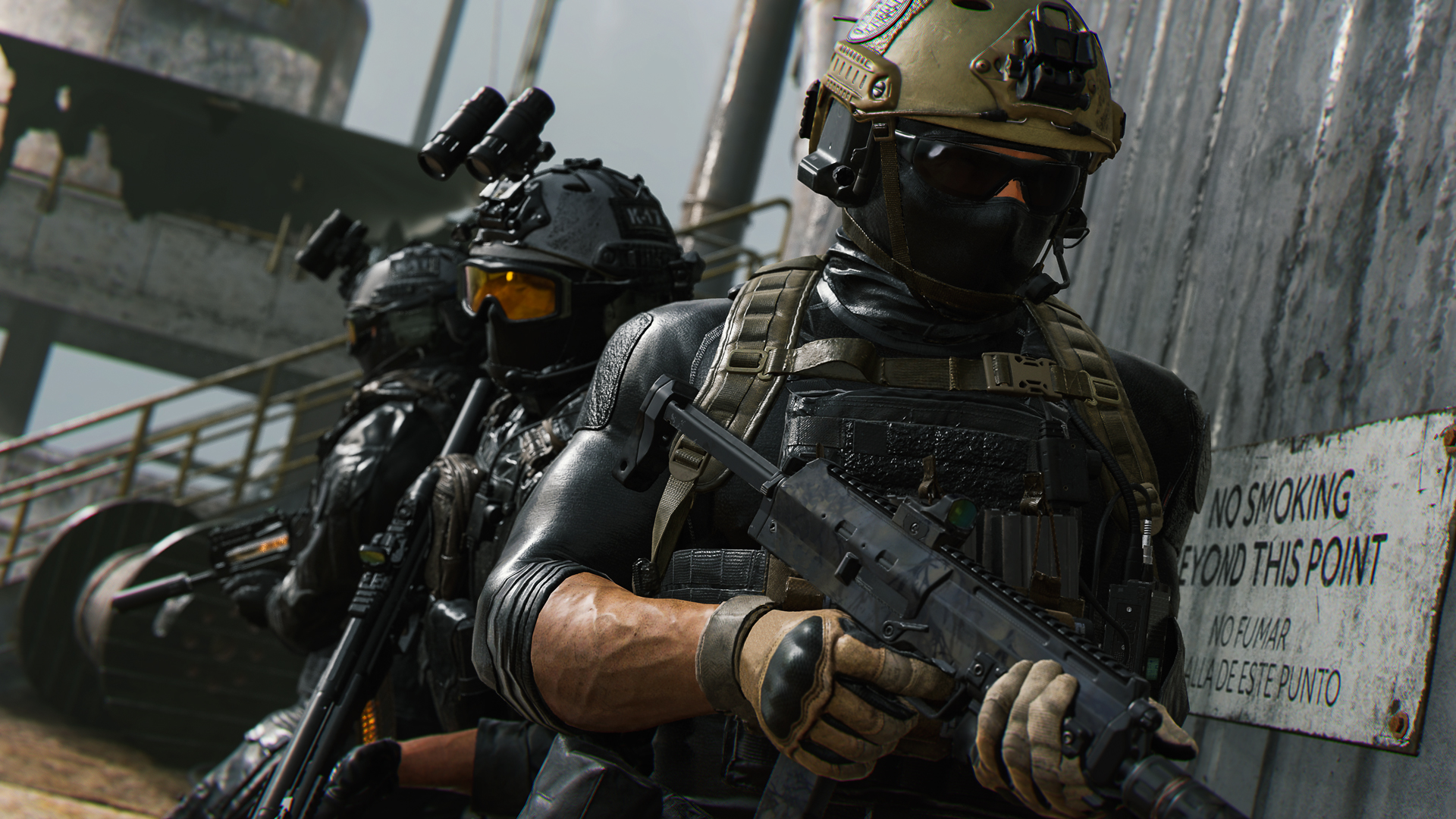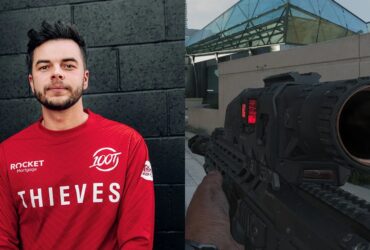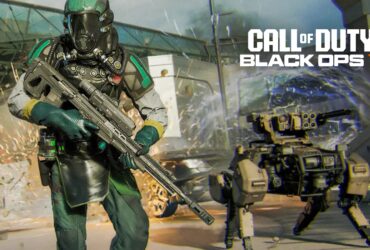This world-class collection of talent worked together to create Dark Water – and the rest of Modern Warfare II – using its game engine. As mentioned at the game’s reveal, the team is using one unified Call of Duty engine across the franchise, starting with Modern Warfare ll and the next iteration of WarzoneTM, and builds upon the engine from Modern Warfare (2019) with the best tech from across the studios to deliver the most advanced engine ever in Call of Duty.
Dark Water shows off “the most advanced Call of Duty” yet; knowing the context behind that statement is as simple as taking a closer look – and listening – to realize how far the franchise has come.
Take Call of Duty®: Ghosts, another multi-generation game that numerous developers, including Farrelly, Harris, and Hagar, remember creating. Nearly a decade ago, Ghosts had its own water-based Campaign mission: “Into the Deep.”
Because of the technology available in 2013, it was well out of scope to create realistic water physics and graphics – along with, of course, that infamous Fish AI – while still having the technical resources and memory space to have the rest of the game run at the Call of Duty standard 60 frames per second.
“It was a cool experience, but it wasn’t like real water,” Farrelly said. “So that was kind of a goal set by the team: to be able to create this new gameplay experience that we could spread across the different modes.”
Realistic water was a focus this year for Infinity Ward, and with the help of an updated engine, they were able to create something that would look authentic – as you were careening on an inflatable boat across it – across multiple platforms.
“The biggest thing that helped us with our lightning was the new shadow system,” Krzystof Wójck, Senior Lighting Artist, explained. “This project, the engine helped us introduce something called PCSS [Percentage-Closer Soft Shadows], which allows us to have soft shadows on high-end PCs but also next-gen Hardware too. There is also a lot of improvement in our volumetric rendering system to solve volumetric fog so it renders better with our ambient lights and stuff.”
“We have volumetric particles too,” Hagar added. “Instead of just having like these flat Sprites, which most of our effects have always been, we’re mixing actual volumetric particles to help fill it out. And that’s important for us to make those big splashes on the ship.”
This new engine also opens itself up to better sound capture, as Rowe said the audio team can now approach missions and other elements of the game like someone in Hollywood would mix a film.
“The mission is comprised of a lot of water sounds, which typically present mix issues because they are so wide-band and noisy,” Rowe said. “In order to avoid frequency masking of important commands and moments, we can use engine features like real-time mixing and natural limiting to help control the mix and focus the player on the important task at hand. This helps push the narrative and draw the player through the mission.”
But, of course, we know it’s something you just must feel to know this engine is the most impressive yet.
“We push the quality here for every game – we try to just make it more real and perfect,” Wójck said. “People sometimes say, ‘Oh it’s just another Call of Duty game,’ but it’s not. There is so much work that people are not aware of for AI, the environment, scanning, making lighting more realistic.”











Leave a Reply